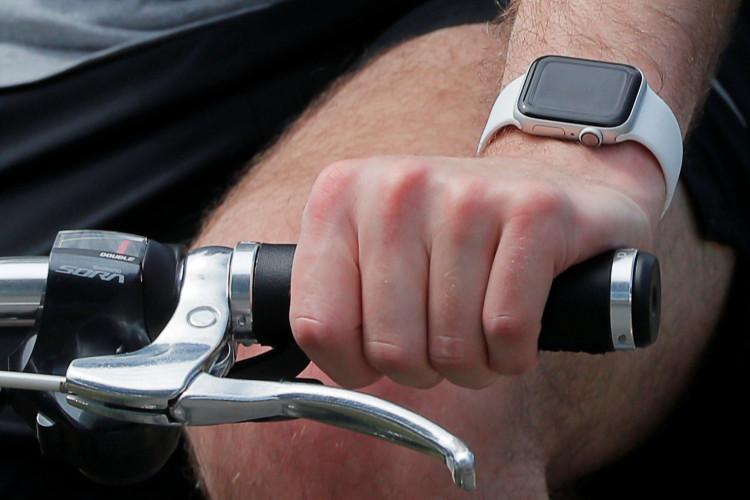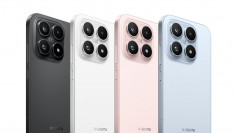Wearables initially launched as gadgets that help build up your social standing, but all that is changed now. These high-tech devices are now becoming a staple in the healthcare industry, thanks to the efforts of both developers and medical professionals.
Here's how wearables have changed the face of healthcare:
Wearables allow patients to take an active part in their treatment
A patient equipped with a wearable device will have the ability to track important medical data and share it with his physician. Such a device will also allow the patient to track behavioral changes like sleep patterns, vital stats, exercise routines, and the like to his doctor.
Accurate and careful monitoring will render a significant impact on the patient's overall health since the patient-physician relationship essentially changes from hierarchical to consultative.
Wearables allow for remote patient monitoring
Due to the continuous advancement of technology, wearables have become more accurate and more reliable in monitoring patients at remote locations. This includes monitoring blood glucose levels, measuring oxygenation, tracking heart rate, and checking blood pressure.
There are added benefits that accrue from the scalability of the devices. For example, one nursing staff will have the capability of checking hundreds of patients from a single computer source, which will allow him/her to take action in case of emergencies.
Wearables for remote treatment
Yes, it's now possible to treat patients remotely via wearable tech. This is exactly what Quell does, a wearable device that can be attached to the upper calf in order to stop pain signals in the body using electrical stimulation that triggers the central nervous system response.
Wearables allow for virtual visits
With wearables, physicians can check on their patients without having to go to their offices. This tech can offer ease of access and ensures availability at all times.
In the case of a patient with an ear infection, a wearable device will be able to mitigate visitations by conducting a virtual ear exam. For patients with diabetes, wearables are also capable of monitoring blood sugar, macular degeneration, and neuropathic pain.
Wearables assist people with disabilities
With the widespread use of wearables, more and more people realize that persons with disabilities can benefit from this tech the most. The technology has essentially made it possible for disabled people to live without external help.
The blind will be able to see using special glasses and use haptic shoes to navigate routes using GPS technology. For people with cerebral palsy, they will now be able to use the internet using smart glasses.
Wearables have gone beyond the functionality of a fitness tracker, in the future, who knows what else this tech can do.






